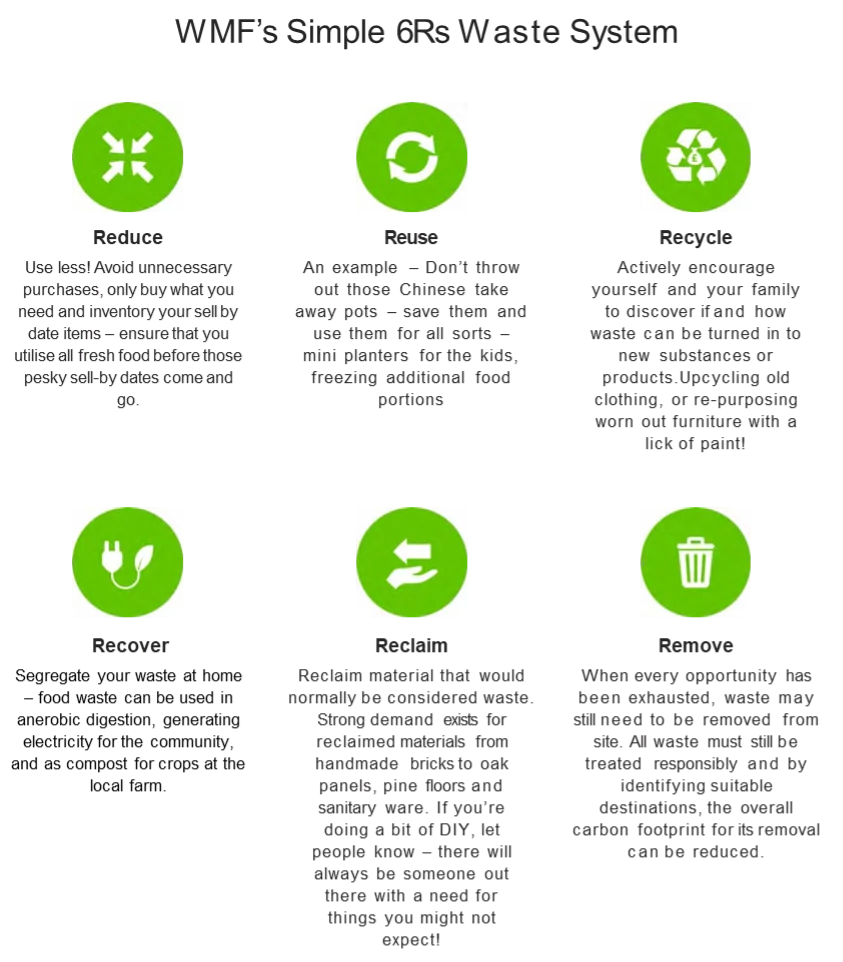
What do you think of when someone says the words “circular economy”? Perhaps you hear it at work, bandied around as yet another buzz word with no substance behind it. Perhaps you’ve filed it away with other meaningless corporate jargon phrases like “synergy”, “disruptive” and “blue-sky thinking”.
Well in a way, you may be right. It’s a term that will most certainly have been picked up by various career driven wannabe business moguls who couldn’t give the most gentlest of f**ks about the meaning behind it. But for once, there is most certainly validity behind the jargon – I’d like to delve into that a little here, provide some relevance for us all as individuals and explain a few bits and pieces.
The term “circular economy” refers to “an economic system designed to save money, eliminate waste and achieve deep sustainability.” The term was introduced for global commercial industry, to describe the creation of an economy that is restorative and regenerative by design. There are three guiding principles: to design out waste and pollution of products; keep products and materials in use (looking at you Apple, with your built in obsolescence!) and to regenerate natural systems.
Obviously, this is a pretty radical move away from the attitudes of the previous generations from the industrial age. The resources of Earth were viewed as ours, and served no more of a purpose than to make people MONEY.
But there is an inherent change taking place, particularly among Gen Z and Millennials. Humanity is beginning to collectively feel the weight of our impact on environments and societies, and we are finally addressing the severity of the situation more and more each day. Is it enough to undo the catastrophic damage we have done to entire continents, ecosystems and oceans? Who knows!
I suppose you are wondering what any of this means for you as the consumer of goods. You can’t “design out” waste from your household, if you aren’t responsible for the products designs that you consume. But there is a way to implement the philosophy in what you do, with a few simple changes that will improve your carbon footprint, and reduce your impact on the environment. Remember, any small change is a positive contributor to the fragile world we live on.
- Observe your purchases – it pays to be mindful when you are shopping for new items wherever possible, and to keep an eye out for certain indicators that a product is coming from a producer that values sustainability – if you’re buying timber, is it FSC Certified? Is the packaging fully recyclable? Are you buying coffee pods that compost?
- Take sustainable action – Thrift stores! There are some amazing stores around Southampton (Beatnik Emporium I am looking at you) where you can get some incredible clothing and keep products in circulation. Even when you’re finished with them, they can be used, return the favour!
- Don’t buy convenience – its sometimes really hard, you need something urgently, and your finger hovers over the Amazon app on your phone… resist temptation! Buying locally and supporting your local grocers, farms, butchers and so on goes a long way to reducing the impact we have as consumers on our environments. Studies have found that 38% of the population have boycotted food brands because of negative public perception on sustainability. And in 18-24 year olds, its as high as 47%.
- Follow the 6 R’s – when you are disposing of waste, (shameless plug here) you can utilise WMF’s (my own company’s) strategy – Reduce, Reuse, Recycle, Recover, Reclaim and Remove (handy explanations in the image below!
- REFILLABLE CONTAINERS. Some amazing businesses in Southampton offer these services, such as Lemon and Jinja, Rice Up Wholefoods and Peppercorn Natural Foods. It makes a huge impact when we are re-using packaging instead of just disposing of it time and time again.
- If you can, and you’re a bit of a greenthumb, compost at home. It cuts down on transportation pollution, and provides a renewable source of nutrition for your soils and plants.
- Offset your carbon! There are handy apps that can calculate your individual or household carbon footprints, (Earth Hero, Green Karma) where you can offset your residual carbon via purchasing carbon credits. This should be done once you have actively attempted to minimise your carbon impact – don’t cheat!
- Research your purchases! Some companies hide behind terms like “Organic”… but in reality it’s all a smoke screen. Keep an eye out for big baddies, Nestle being one (seriously though Nestle).

These are just a few examples of changes you can make and things you can do to become more invested in the concept of a circular economy, and next time the office douche canoe starts spouting it in the weekly meeting, you can teach him a thing or two about why its important.
James Chilton
Head of BD at Waste Management Facilities Limited
Lifelong Hippie, Full Time Environmentalist.



